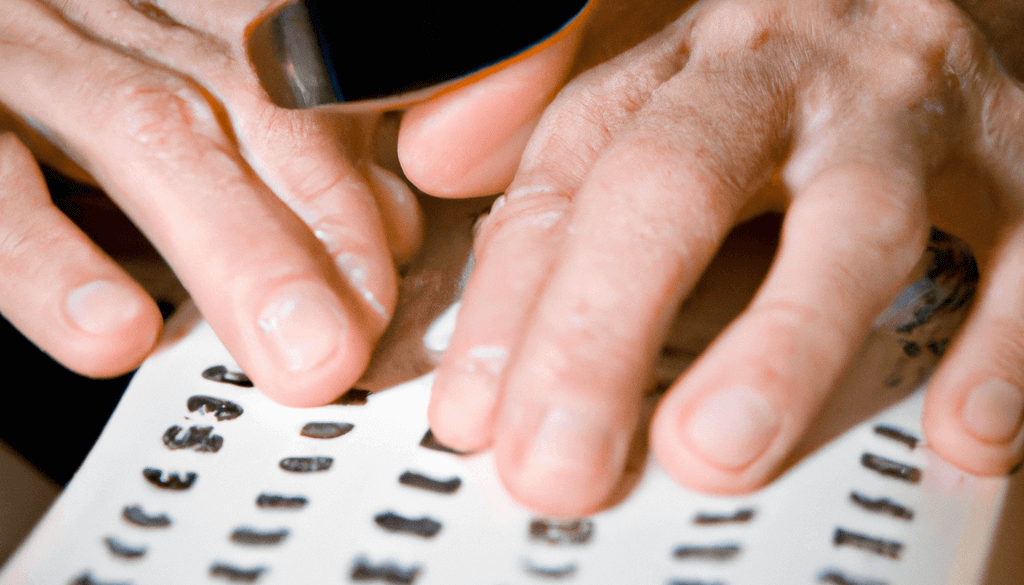“Why do I do what I do?” is an ancient and universal question humanity frequently asks itself. For the researchers at the TU/e, the answer is very clear: positive social impact. The strong motivation towards this goal was reflected in the latest meeting on the technologies for people with deafblindness, organized by prof. Astrid Kappers and dr. Myrthe Plaisier. Senior researchers, junior researchers, student companies and experience experts with deafblindness gathered to discuss the latest innovations. This meeting was further enriched by the attendance of experts from the Bartimeus center and their Swedish collaborators, reflecting an international will to overcome political or geographical boundaries and make global positive social impact.
This meeting was particularly valuable for the attending experience experts to gain insight into the technologies being developed for persons with deafblindness. An experience expert commented “seeing all this technology makes me feel happy to be alive in these times.” The researchers and developers, in turn, gathered valuable insight from the experience experts regarding the efficacy of their innovations. In particular, the attending student company engaged with the experience experts and even performed a test run of their AI-based facial recognition system, designed to help persons with deafblindness interpret facial body language. The seeds of further collaboration were also sown as specialized researchers at the TU/e gave lectures on vibrotactile feedback, the same technology used in the students’ device to communicate facial expressions to the user. One must also note that the students had developed this device through their own prerogative; they do not gain any academic credits for working on this project. This is but one example of the astounding dedication of the participants towards helping persons with deafblindness. One of the senior researchers attending the meeting shared their own personal experience of having a family member with a disability and followed up with a presentation on the potential of warm technologies. The principles of this technology are based on making aid for persons with disabilities more user-friendly rather than just caregiver-friendly.
Yet, the scope of this meeting was not limited to existing technologies, but extended also to science with future potential. This is where Dr Danqing Liu and her PhD student Mert Astam came in with their research on liquid crystals. Danqing presented her use of liquid crystals to create dynamic haptic surfaces, highlighting the potential of developing displays with tangible haptics. With this technique, people with deafblindness can gain access to refreshable braille/textured displays, applicable to more complex electronic devices such as a smartphone. Unlocking, for persons with deafblindness, the most advanced features current electronics offer. Moreover, this technology can be adapted to revolutionize the human-machine interface, opening up a whole new sense, the sense of touch, to interact with our electronic world. In fact, this inspired the name of Danqing’s research team, Human Interactive Materials (HIM). Seeing this future potential sparked interest in many of the attendees. This interaction is a prime example of what the core principle of this meeting is all about: to act as a catalyst for future collaborations and innovations, uniting our efforts towards global positive social impact.
Correspondence Mert Astam
